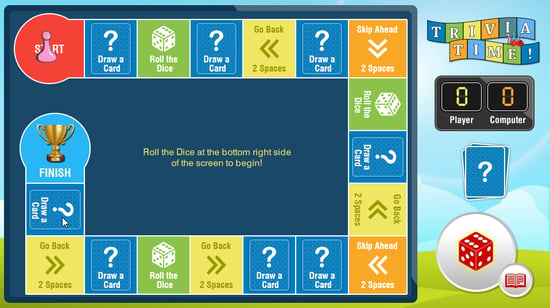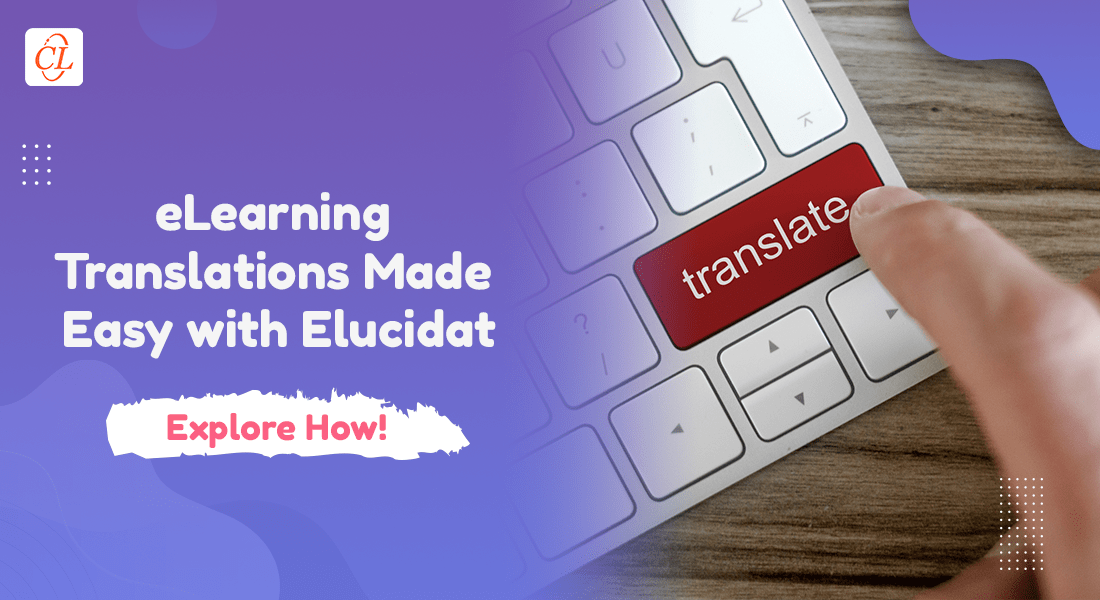4 Incredible Benefits of Gamification in E-Learning

Since the concept of gamification was introduced, many companies have benefited from using its principles in their online training courses.From giving learners the ability to apply real-world scenarios in a carefully simulated environment to bringing in aspects of fun into learning; it has changed how conventional eLearning is offered. Companies all around the world are investing huge amounts of time and money in gamifying their online training. In fact, research indicates that ‘Gamification in E-Learning will reach $319 billion by 2020’.
Perhaps you are wondering how else gamification can improve the learning approach, apart from simply incorporating elements of fun into online learning. In this blog, we will look at the four incredible benefits which make gamification the number one choice for an engaging and interactive learning experience.
Benefits of Gamification
1. Enhances the learning experience:
“Gamification is like gravity, it has existed even before it was discovered.”
Traditional online learning focuses on course content while gamification adds a narrative to the learning experience. When you apply game elements and its mechanics to your eLearning courses, learners are likely to spend more time on learning as the courses are fun and enjoyable.
For example, Duolingo, the language-learning application, gives out currency (Lingot) to learners whenever they complete a set of activities. A trumpet fanfare signifies the end of a successfully completed course, giving a sense of achievement. When groups of learners attempt to successfully complete an activity, performance based points are awarded offering a competitive learning experience.
2. Boosts knowledge retention:
“Interactive learning games can increase long-term retention rates by up to 10 times”
– Jeanne Meister, author of Corporate Universities
Gamified courses lead to high performance learning and help learners in committing knowledge to long term memory. Knowledge retention takes place when learners process and do something with it. Learners participating in a stimulating activity are likely to remember the information they acquire from it. These activities could be as simple as answering a question or more complex such as using their learning in order to make judgments and move forward in a course, something they would do in real-life.
This not only facilitates knowledge retention but also allows them to better understand what they know and what they should know.
3. Provides rapid feedback:
With gamified courses, you offer instant feedback to your learners on their understanding of the course content. For example, imagine a learner facing a challenging question in a gamified course. In order to advance to the next level, he must answer it without fail because it teaches him a specific skill that will be useful in the upcoming levels. In such cases, feedback is given on why the answer is correct, or why it isn’t. What’s more, you allow them to promptly improve on those topics or concepts they have trouble understanding without having to go over a topic again and again.
Gamification is not always about rewards but also allowing learners to fail and learn from their mistakes. Since gamification is entirely “cause and effect” it can act as a tool that empowers learners to actively gauge their performance to improve their learning approach.
4. Supports different training programs:
Gamification can be applied across different eLearning situations such as sales training,HR training and customer support among others. Due to its flexibility, you can implement gamification in almost every training program to coach employees on specific procedures and concepts.
What we have here is a gamified sales training course on cross-selling called Trivia Time. In the course, the learner selects a colored pawn (each colored pawn represents a sales training division), and then rolls the dice at the bottom right of the screen.
The pawn moves accordingly to the number the dice displays each time. During the game, the learner gets to draw cards, each displaying a question. Since we are dealing with a course on cross-selling, the questions are on various products and cross-selling techniques. The learner has to answer the questions to move forward in the course.
You can have questions as per your requirements. For example you can integrate customer support with topics like how to handle customer queries effectively or questions focused on understanding the nature of customer complaints.
The gamification trend is especially hot in today’s world. It is being pitched around in technology circles as the next big thing on the web and mobile. If you want your learners to get more out of your courses, you must make the most of the gamified elements as much as possible.




![Tips to Saving SME time with Rapid eLearning [Video]](https://blog.commlabindia.com/hubfs/Imported_Blog_Media/rapid-elearning-save-sme-time-video.jpg)

